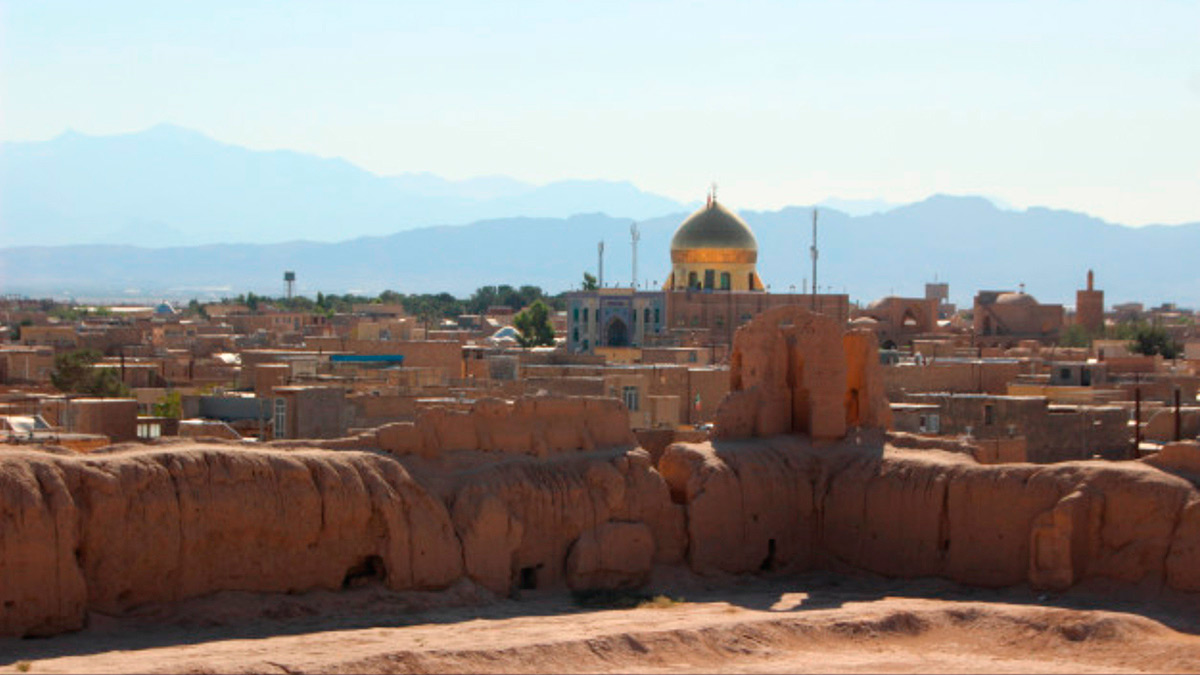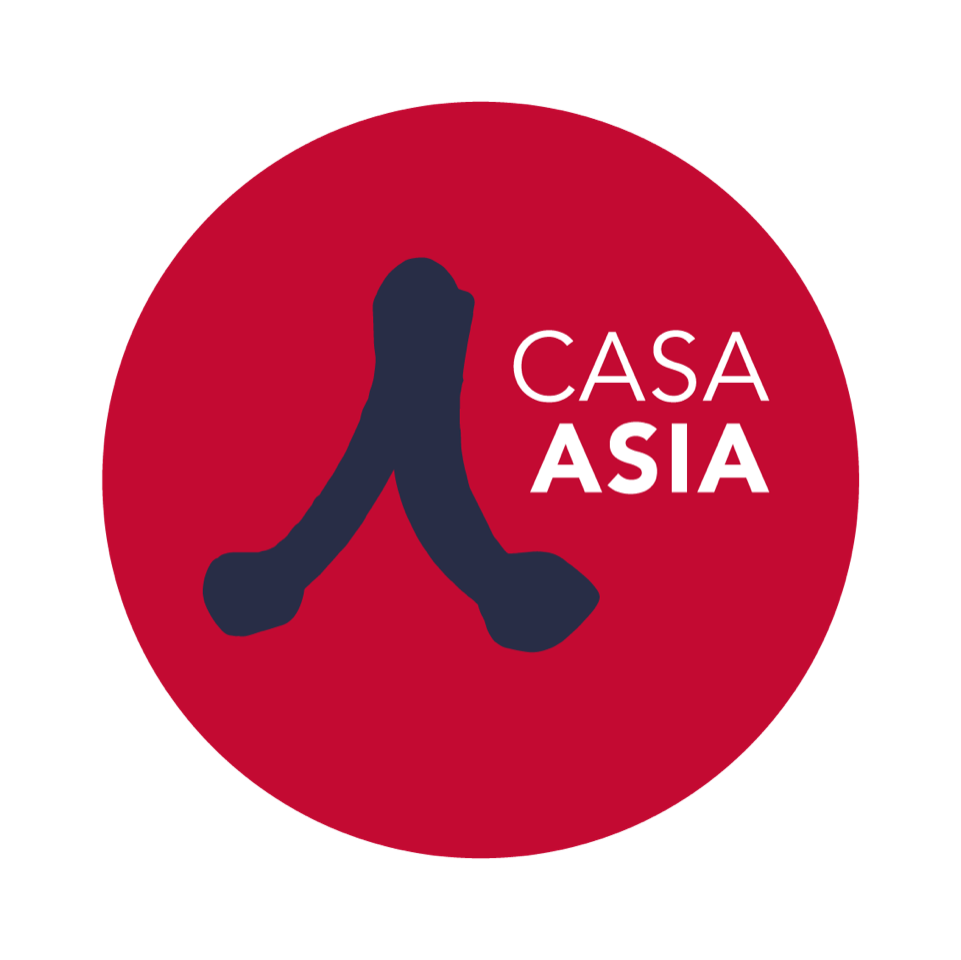The Persian language and culture specialist, Alfred G. Kavanagh, is the author of this series of knowledge pills about Iran that he will offer us every week in the context of this period of confinement. Our expert begins with an approach to one of the most representative female voices in Persian literature: Forugh Farrojzad
The five thousand years of Indo-Iranian civilization would be endless even if we managed to gather in one room the most qualified specialists of each period. However, each of the elements of Persian culture shows us how the part participates in the whole; Anyone looking at a Persian miniature discovers that in addition to aesthetic aspects there is a complex symbology that allows them to understand the relationship between the characters, their gestures and the verses chosen by the artist. No glance exhausts the multiple routes of this internalized space and each reader/spectator will enjoy a unique journey, his or her personal journey in that bazaar of existence, where practically all religious, political and artistic forms have been rehearsed throughout history.
During this period of confinement due to COVID-19, Alfred G. Kavanagh will accompany us virtually every week, with various reading proposals covering both pre-Islamic ancient Iran, the classical period of Persian literature, and avant-garde literature. In all cases, you have selected texts that are available in Spanish. For each work, it will include a brief introduction and a reprint with more contextualized information.
Persia or Iran?
Initially, Iran was called aīrānā, literally the land of the Aryans, from where the name of Iran comes, the Achaemenid founders of the great Persian empire, from the Fars region, used the term Persia, until 2,600 years later in 1935, the Shah decreed the return to the name of Iran and in 1979 the Islamic Republic of Iran was proclaimed. To limit our vision of Iran to the events that occurred after 1953 when the Shah returned to power through a coup d’état devised by the United States government or the radical process of Islamization carried out by Ayatolá Khomeīnī after the creation of the Islamic Republic of Iran in 1979, would be very simplistic. In fact, the appearance of Islam and the conquest of Iran by the Arabs around 650 AD conveniently divides its history into two periods, the foundation of the great Persian empire by the Aryan tribes 1,500 years earlier, the pre-Islamic period of Iran, and the following fourteen centuries in which Iran adapted Islam to its own worldview through an ambitious religious-political program known as Shiism. And fifteen hundred years before the founding of the Persian empire, the Sumerians, Akkadians, Elamites, Assyrians, and Babylonians had captivated ancient world travelers by the refinement and political, cultural, and religious splendor of their civilizations.
Knowledge Pills
Forūgh Farrokhzād, a fairy in the depth of the night
LPersian mysticism and primary light: Sohravardi and review
First Spanish Embassy to Persia
The First Quarantine in History: Perennial Wisdom and its teachings for the 21st Century







